Term 2
Writer of the Week!
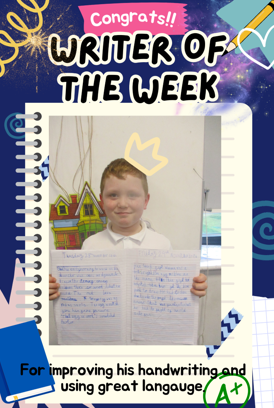
Topic
In topic, we looked at what materials were conductors and what materials were insulators. The main difference between conductors and insulators is that conductors allow electric current to flow through them easily, while insulators do not. We then wrote up our experiment and came to a conclusion of what was the best conductor. We discovered it was the metal nails.

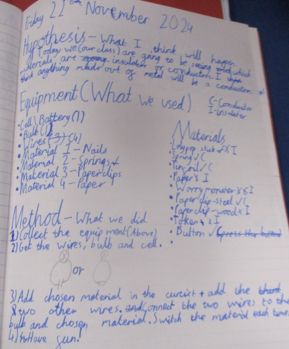
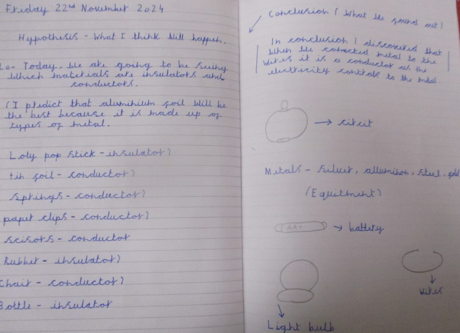
Yoga
This term we have been lucky enough to have yoga every Friday. This allows us to work on our balance, co-ordination and breathing.
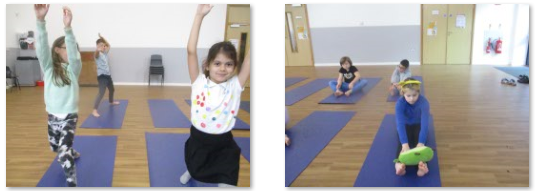
“This is calming.”
“It is relaxing.”
“I love doing yoga, it is very fun.”
“It's making me more flexible.”
Children In Need Fun Run
For Children In Need we ran around the playground as many times as we could! Our top runner ran around the playground 22 times, they could have kept on going!
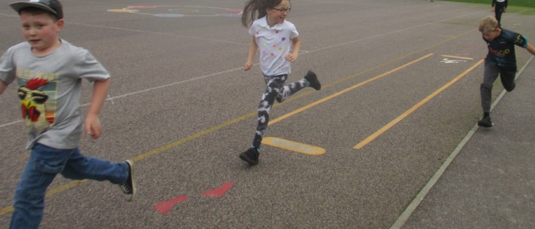
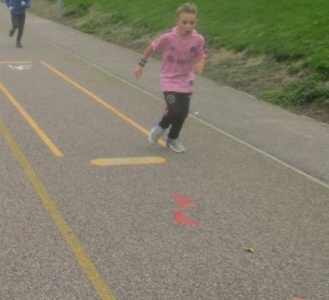
English - Inference
In English our reading skill focus has been inference. This is when we use clues or information from the text to work something out. We have been inferring certain parts of the texts.
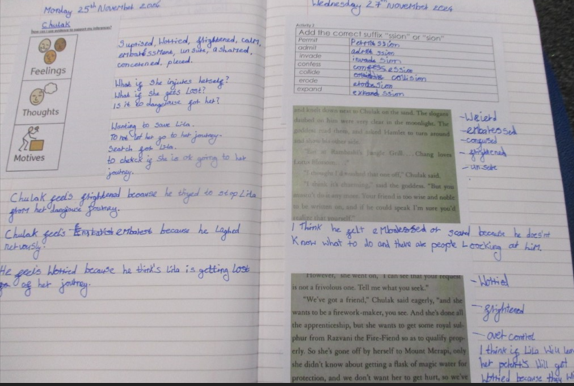
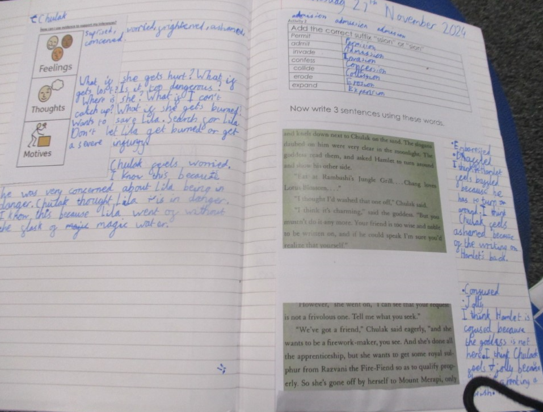
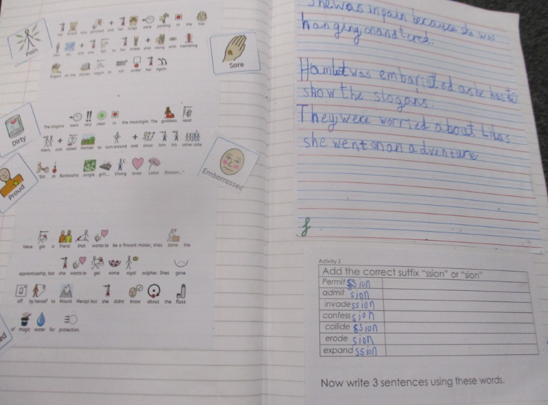

English - Writing
We are writing our own adventure stories, we have been inspired by The Firework Maker's Daughter where Lila goes on an adventure and finds the 3 gifts to help her become the very best!
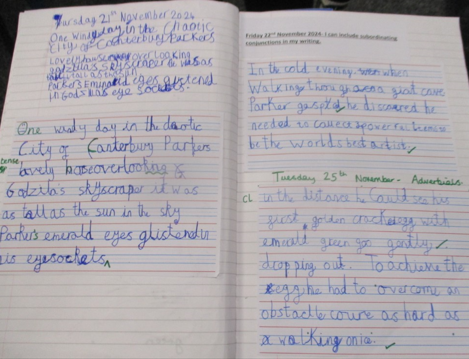
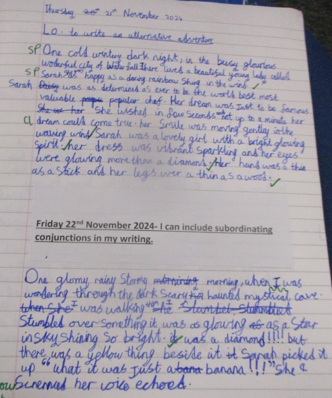
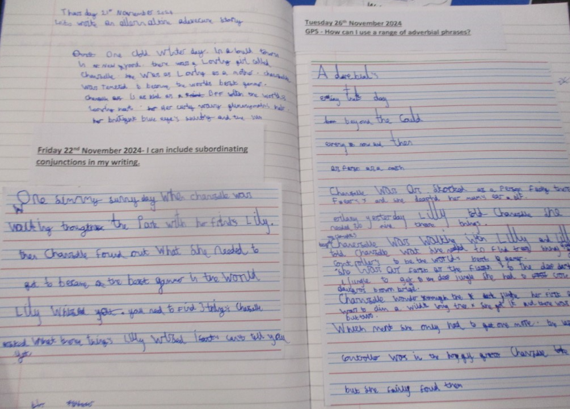
Science – Balloon Boosters
As part of our science topic, we explored static electricity. This involved rubbing balloons on our hair and watching what happened. We discussed how rubbing the balloon on our hair creates a static energy charge which then attracts the hair to the balloon – similar to how a magnet will attract something.
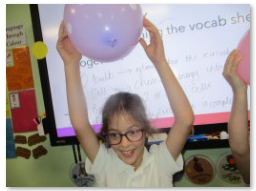
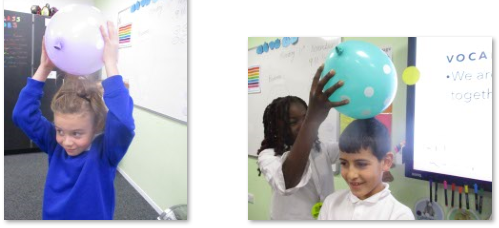
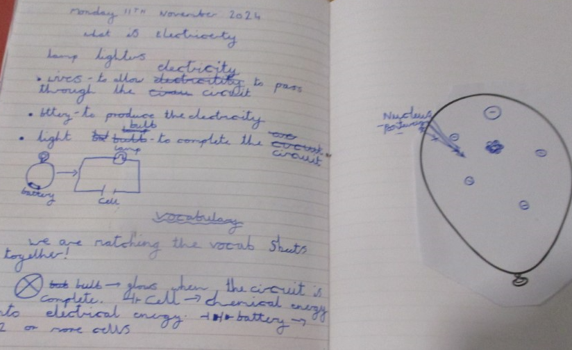
Music
In music we were looking at pitch, we learnt that the higher the frequency (shorter wavelength), the higher the pitch. The Musical instruments are designed to resonate with the pitches they produce, meaning that music from an instrument has wavelengths that match the length of the instrument. This is why larger instruments have lower sounds.
So, we drew our own instruments which were different sizes and then we added the vibration sound waves through them using string.

Our Learning Lift-Off - Investigating Circuits and Potato Power!
As part of our Learning Lift Off, we investigated circuits using wires, cells and a bulb. We made our own circuits and discovered the importance of having a complete circuit and what happens if the circuit is incomplete. We then investigated whether a potato could power a bulb. Unfortunately, our investigation did not work but we did look at how the potato contains acid and can power a small bulb. We then thought it would be interesting to explore whether other fruits and vegetables had the same effect. The children were really excited to investigate this – please do ask them what we discovered!

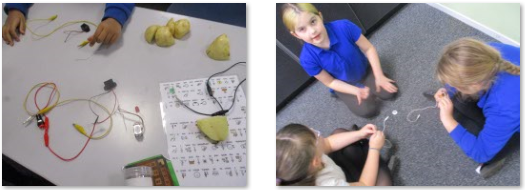
“Wow, how does the battery power the bulb?”
“If there is a gap in the circuit that is an incomplete circuit so it will not work.”
